I planned to visit Iceland in November last year because I heard it is a blissful place during the entire month. To be honest, it is so much more than that! If you love snow, chilly winds, red nose, snow sports, snow trekking, or other adventure activities; then you must visit the country once in November. For me, it was a once-in-a-lifetime experience for many reasons.
Has this infused a bit of curiosity and thrill inside of you? That’s how the land of fire and ice did to me, but there are a few things I didn’t take care of. So read this complete guide so that you can pack and plan well before leaving the destination. From “what all things should you pack” to the “best roads or routes” to take; we have brought in all the important information that all of you adventure junkies would require.
Is November a good time to visit Iceland?
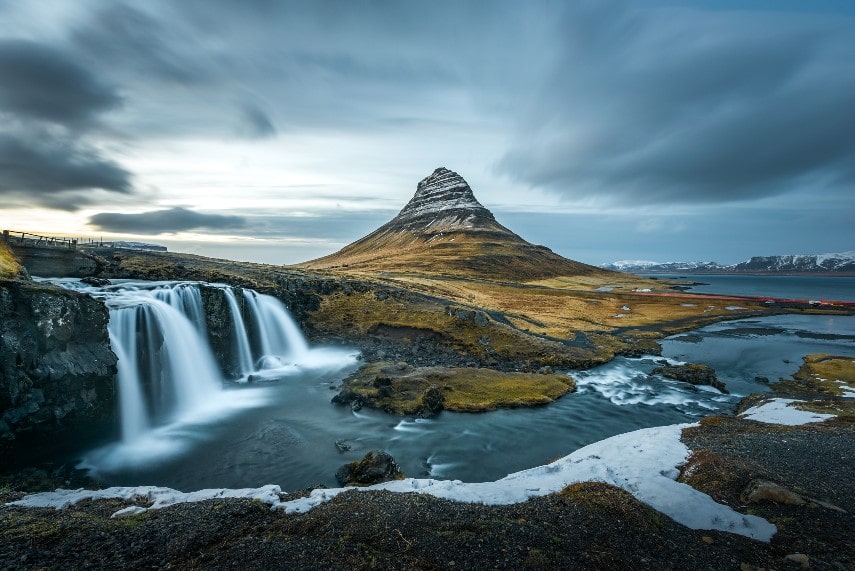
November can be a great time to visit Iceland there is no doubt about that. If you visit Iceland in November get ready for some extreme winter adventure! The weather is cold and the days are shorter, but that adds to the charm. You might catch the beautiful Northern Lights which is always magical to watch.
Owing to the cold it’s not as crowded as it is in the summer. This means you will get more space at popular spots like the Blue Lagoon or the Golden Circle. Still, you will have to be prepared for unpredictable weather. When I was here, one moment it was snowing and the next it started raining (but I enjoyed both.) The landscapes are stunning with snow-dusted mountains and frozen waterfalls. If you’re into winter activities, November is perfect for glacier hikes and ice cave tours. Just pack warm clothes, and you are surely going to have an unforgettable time!
Overview of Weather in Iceland in November
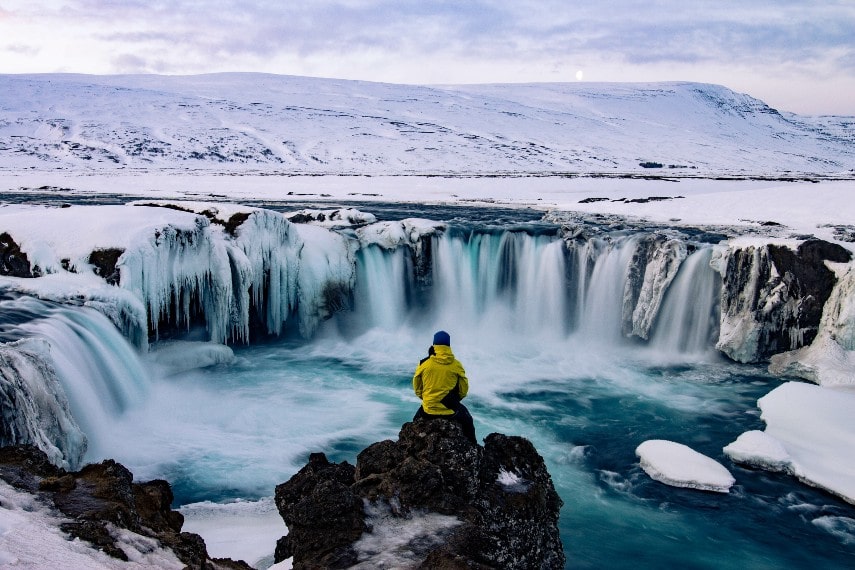
Honestly, it is quite cold out even for those who love winter. The temperatures usually hover between -1°C and 4°C, so it’s definitely chilly, but not unbearably cold. Also, as I have already mentioned, the weather here is quite unpredictable so it can rain, snow, and sleet in a span of a few hours. Hence it is better if you want to bundle up, though, especially with the wind that can make it feel a lot colder.
It’s also pretty wet because Iceland gets around 90 mm (3.5 inches) of rainfall in November. The days are short, with only about 5-7 hours of daylight, so it’s great if you’re chasing the Northern Lights! Just expect a mix of moody clouds, occasional sunshine, and a whole lot of cosy winter vibes. As a suggestion, you should bring your waterproof gear!
See the Northern lights in Iceland in November

Now this is no secret that Iceland is one of the best places to visit to enjoy the Northern lights. Since the nights are long and dark, you have a good chance of enjoying those magical green and purple lights dancing across the sky. On my trip to Iceland in November, I had a spell-binding time viewing these lights. Still, there were a few hiccups because finding clear skies during the month is a bit difficult.
So I would suggest that you keep an eye on the weather and head away from city lights; some popular spots are Þingvellir National Park or even just driving out into the countryside. You can also book Northern Lights tours, where guides know all the best viewing spots. It’s all about patience and luck, but when the auroras show up, it’s completely worth the wait. Just bundle up, grab some hot chocolate, and enjoy the show!
What to Wear in Iceland in November?
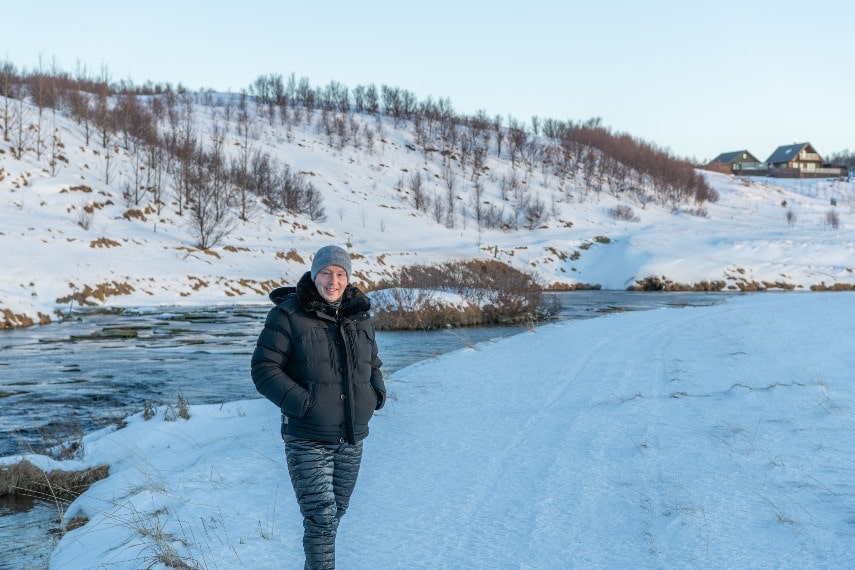
Dressing for Iceland in November is all about layers! It’s cold and unpredictable, so being prepared is key. Start with a thermal base layer to keep you warm, followed by a cosy sweater or fleece. You will definitely need a waterproof, windproof jacket; trust me, the weather can change fast, and rain or snow can sneak up on you.
Warm pants (like insulated or fleece-lined) are great, and don’t forget a good pair of waterproof boots with a solid grip for icy roads. Accessories are a must too, you should pack a beanie, scarf, and gloves to stay snug.
Bonus tip: bring thermal socks! Icelandic weather may be wild, but with the right gear, you’ll be pleased and ready for any adventure!
Visitor Arrivals: Is Iceland Crowded During November?

Iceland in November is actually one of the quieter months due to the snow and chilly, so it’s a perfect time if you’re not a fan of big crowds. While summer brings loads of tourists, November feels a bit more laid-back. You’ll still see some travellers around popular spots like the Blue Lagoon or Golden Circle, but it’s nothing compared to the peak season.
With fewer people, you get to enjoy Iceland’s stunning landscapes almost to yourself. Head to the peaceful waterfalls, serene glaciers, and little towns without the usual hustle. Hotels and tours also tend to be more affordable, which is a nice bonus. So, if you’re into more intimate experiences and don’t mind colder weather, November is a great time to explore Iceland!
Average Costs of a Trip to Iceland in November
A trip to Iceland in November can be a bit more budget-friendly compared to the summer months, but it’s still not the cheapest destination. Airfare from the UK typically ranges from £150 to £300 for a return ticket, depending on how early you book and whether you’re flying direct. Keep an eye out for deals from budget airlines!
When it comes to accommodation, hotel prices drop a bit in November. For a mid-range hotel or guesthouse, you can expect to pay around £80 to £150 per night for a double room. If you’re staying in more luxurious resorts or hotels, prices can go up to £200+ per night. Hostels and budget guesthouses are also available for around £50 to £70 per night, which is great if you’re trying to keep costs low.
Transfers from Keflavík Airport to Reykjavík cost about £20 to £30 per person each way, depending on whether you use a bus or shuttle service. Renting a car is also a popular option, especially if you want to explore outside the city, expect to pay around £40 to £80 per day for a basic rental, plus fuel costs.
Meals can vary in price, with casual dining costing around £15 to £30 per person for a main course, while fancier restaurants will run higher. Tours like Northern Lights excursions or glacier hikes typically start around £50 to £100 per person.
Overall, for a week-long trip, you might be looking at a budget of around £900 to £1,500 per person, depending on your choices and activities.
Things to Do in Iceland in November

Looking for some amazing things to do in Iceland? Don’t worry, we have a lot of them for you! Iceland offers a mix of unique winter experiences and stunning natural beauty. You can explore breathtaking landscapes, enjoy exciting outdoor adventures, and soak in the culture, all while embracing the crisp, cold air and occasional snowfall.
| Things to Do in Iceland in November | |
| Chase the Northern Lights across stunning Icelandic landscapes | Visit the Blue Lagoon for a relaxing geothermal soak |
| Explore ice caves for a unique winter wonderland experience | Take a road trip along the scenic Ring Road |
| Hike to breathtaking waterfalls surrounded by snowy landscapes | Enjoy a cosy night at a traditional Icelandic hotel |
| Go whale watching on a tour from Reykjavík’s harbour | Experience the vibrant local culture and visit museums |
| Relax in hot springs nestled in the countryside | Join guided glacier hiking adventures on stunning ice formations |
Where to Stay in Iceland in November?

Throughout this month, you have plenty of pretty good accommodation options throughout Iceland. Consider staying in charming guesthouses or mid-range hotels that offer a warm atmosphere and local flair. For a unique experience, look for lodges or cabins nestled in nature, providing stunning views and easy access to outdoor activities. If you are based in the capital, you’ll find a variety of boutique hotels with modern amenities and great dining options. Wherever you choose, make sure to enjoy the local hospitality and comfort during your stay!
| Best Places to Stay in Iceland in November | |
| Reykjavik Excursions Hotel | Fosshotel Reykjavik |
| Kex Hostel | Hotel Ranga |
| The Silica Hotel | Hotel Grimsborgir |
| Icelandair Hotel Vik | Hengill Guesthouse |
| Bergas Guesthouse | Laki Hotel |
What to Eat in Iceland in November?

Visiting Iceland in November gives you a chance to savour some unique and hearty local dishes! There is a dish named plokkfiskur, it is a comforting fish stew made from fresh catch, potatoes, and creamy sauce. Doesn’t this sound perfect for warming up on chilly days?
Lamb soup is another favourite, featuring tender meat and root vegetables in a flavourful broth. For something sweet, try skyr, a thick, yoghourt-like dairy treat, often enjoyed with berries or honey. I also suggest that you shouldn’t forget to indulge in some freshly baked pönnukökur, Icelandic pancakes, which make for a delightful dessert or snack. These dishes reflect the country’s rich culinary traditions and local ingredients!
What to Pack in Iceland in November?
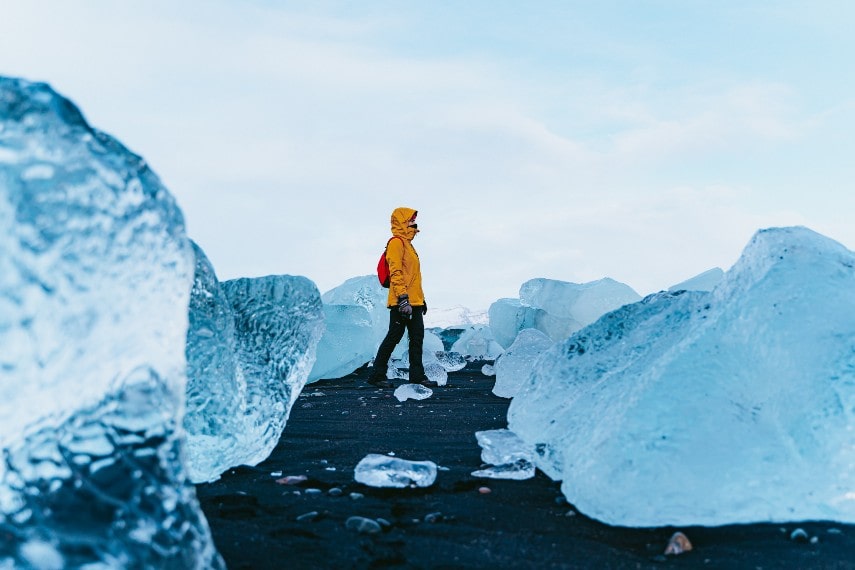
If you have already reached here and searching for the important things to pack for Iceland in November this is the list you should underline. Before that, you’ll want to be prepared for all kinds of weather!
Start with a good pair of waterproof boots to keep your feet dry while exploring. Layering is key, so bring thermal base layers, a warm fleece or sweater, and a waterproof, windproof jacket. Don’t forget a beanie, scarf, and gloves to keep you toasty.
A sturdy backpack is handy for day trips, and pack a reusable water bottle to stay hydrated. If you plan on soaking in hot springs, bring a swimsuit and quick-dry towel. An extra power bank is great for keeping your phone charged while chasing the Northern Lights. Lastly, throw in a camera to capture those stunning landscapes and unforgettable moments!
Hacks & Tips to Visit Iceland in November
Here are some hacks that would help you in planning and enjoying the trip to Iceland.
- Book accommodations early to secure the best rates and availability.
- Check the aurora forecast regularly for the best chances to see the Northern Lights.
- Layer your clothing for warmth and comfort against unpredictable weather.
- Rent a car for more flexibility to explore off-the-beaten-path locations.
- Always keep a pair of waterproof boots handy for wet and icy conditions.
- Use a travel app for real-time weather updates and road conditions.
- Consider joining guided tours for easier access to popular sites and activities.
- Carry a power bank to keep your devices charged for photography.
- Try local food specialities for an authentic Icelandic experience.
- Pack snacks for long day trips, as dining options can be limited.
Read Also: Best time to visit Iceland | Best honeymoon destinations
Best places to see Northern Lights | November holiday destinations
FAQs of Iceland in November
Is Blue Lagoon Iceland open in November?
Yes, the Blue Lagoon in Iceland is open in November, and it’s actually a fantastic time to visit! The warm, mineral-rich waters feel especially soothing when the air is chilly. The lagoon stays open year-round, and in November, it’s less crowded compared to summer. The contrast of the steaming, milky-blue water against the cool November air makes for a magical experience. Just be sure to book your spot in advance, as it remains a popular attraction. Don’t forget to bring a swimsuit and enjoy the relaxing atmosphere!
Is Iceland Christmassy in November?
Iceland starts to feel quite Christmassy in November, though the full festive vibe kicks in closer to December. Towns and cities begin putting up twinkling lights, and festive decorations, and holiday markets start to appear, especially in Reykjavík. You’ll catch a cosy, wintery atmosphere with early signs of Christmas cheer, including beautifully lit streets and shop windows. Icelandic Christmas traditions, like the 13 Yule Lads, slowly make their appearance. While it’s not full-on Christmas mode yet, you’ll still feel a festive and magical winter vibe during November!



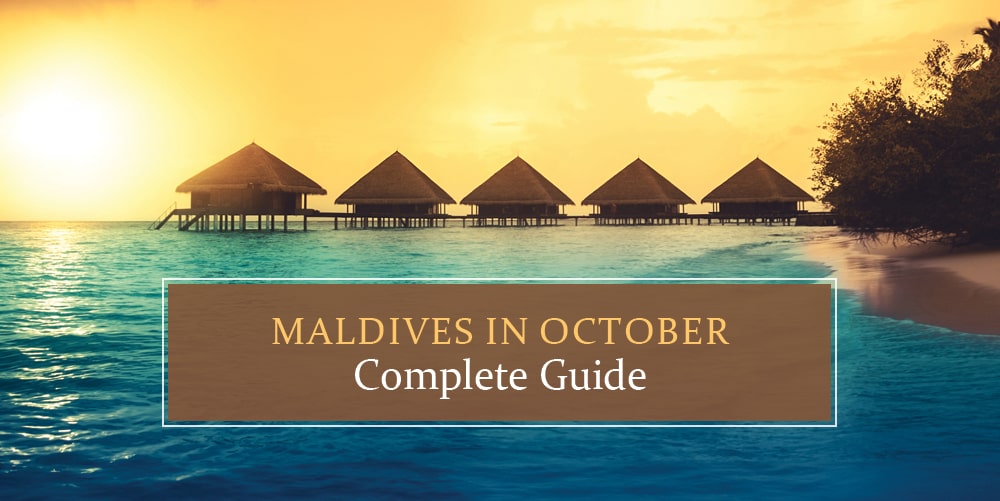
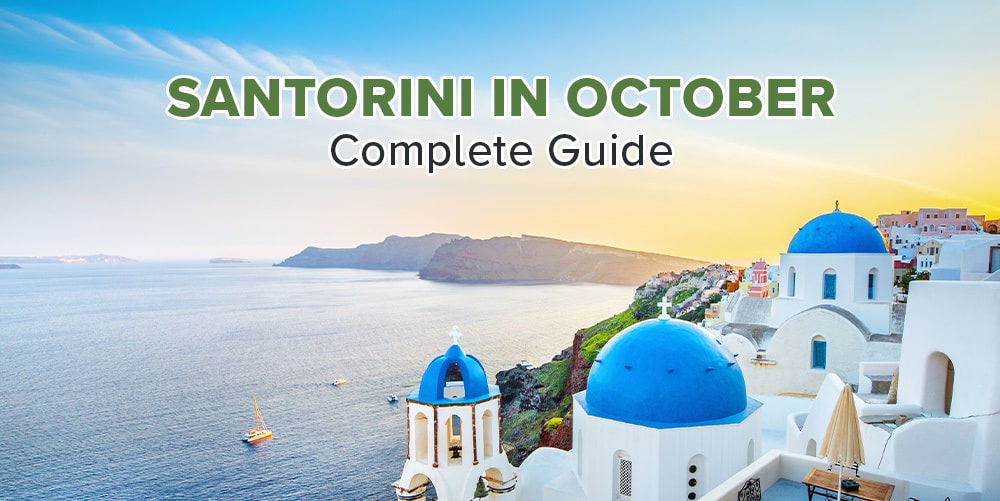



No Comments on Plan Your Perfect Trip to Iceland in November 2025 with Complete Guide